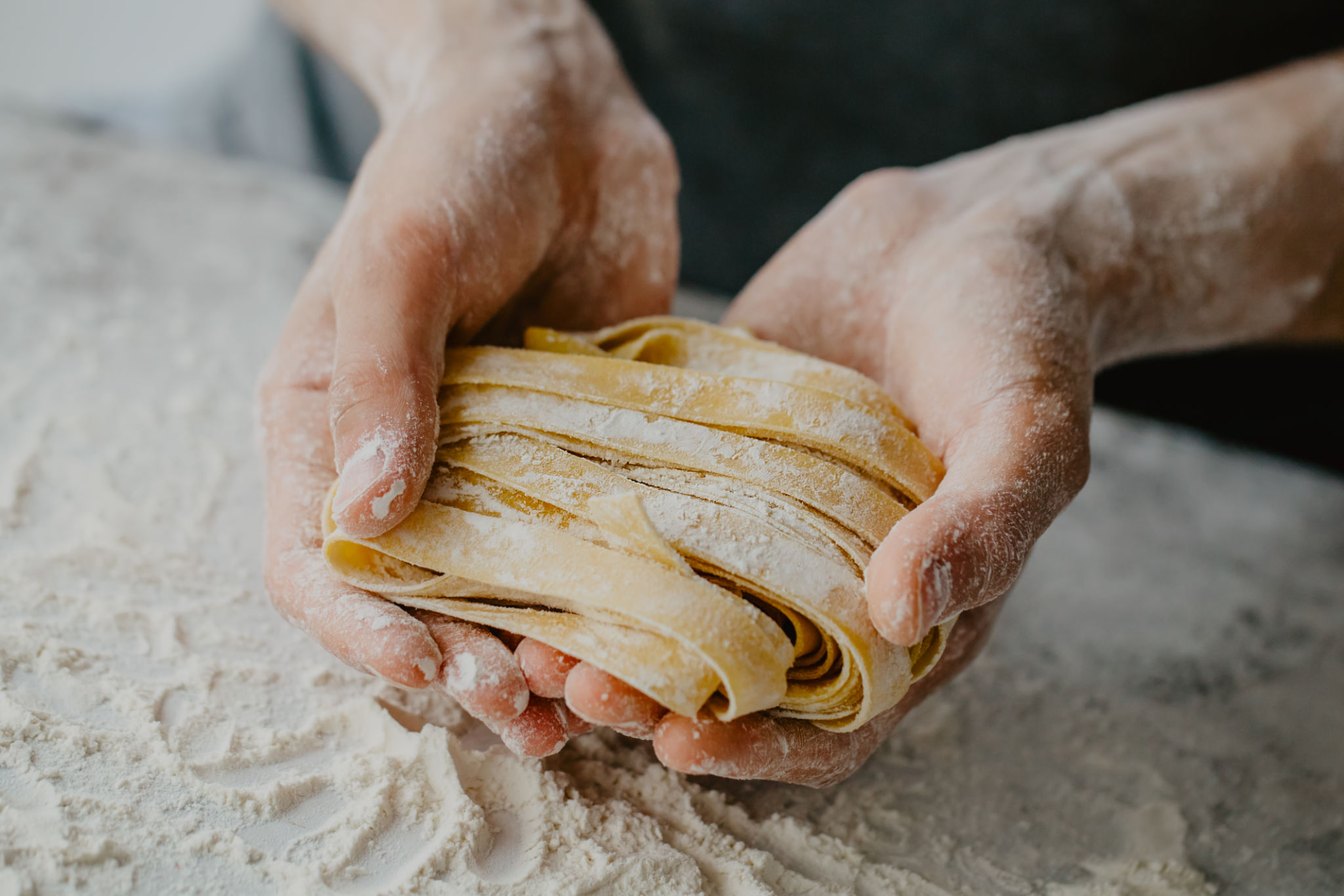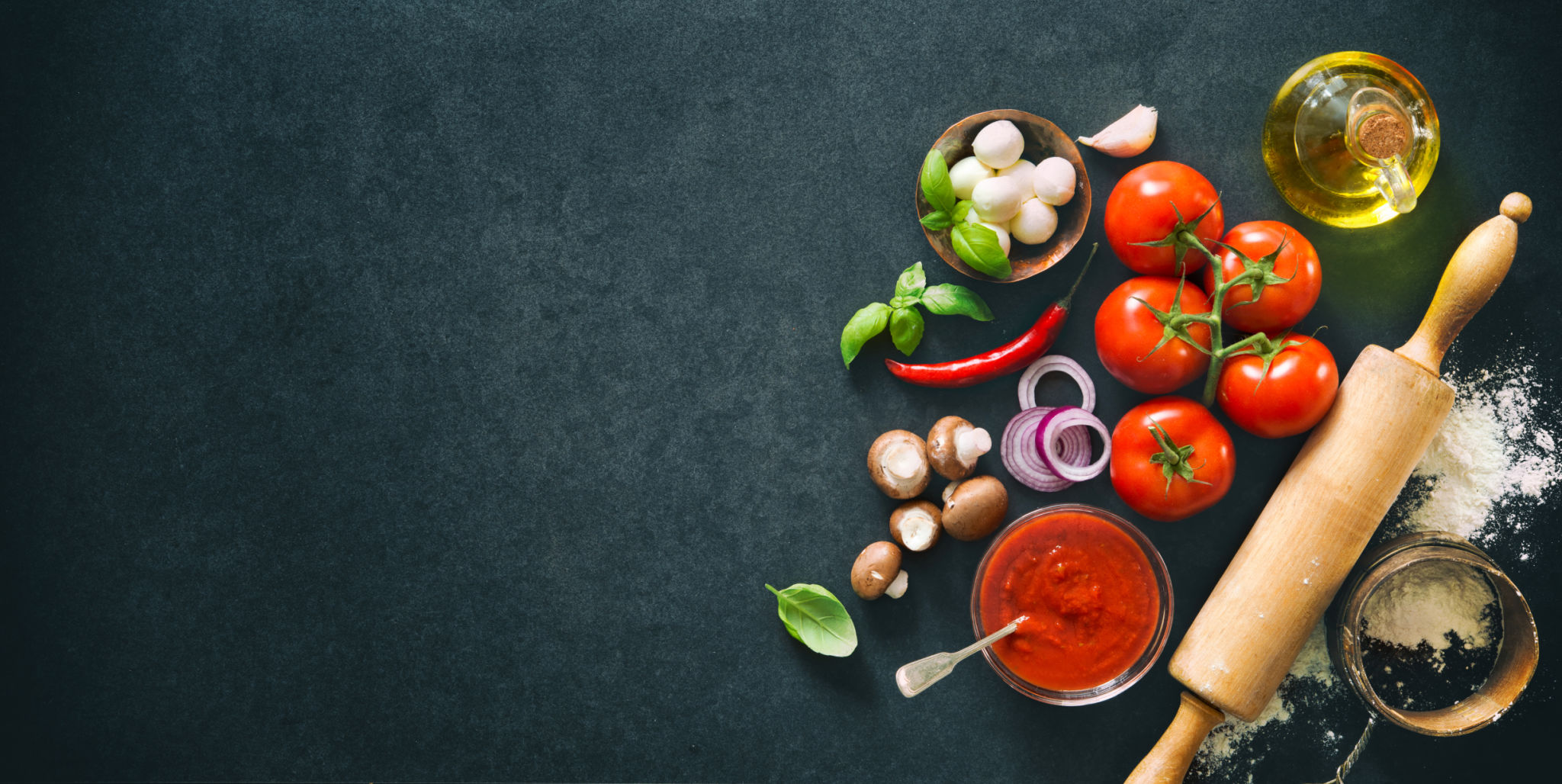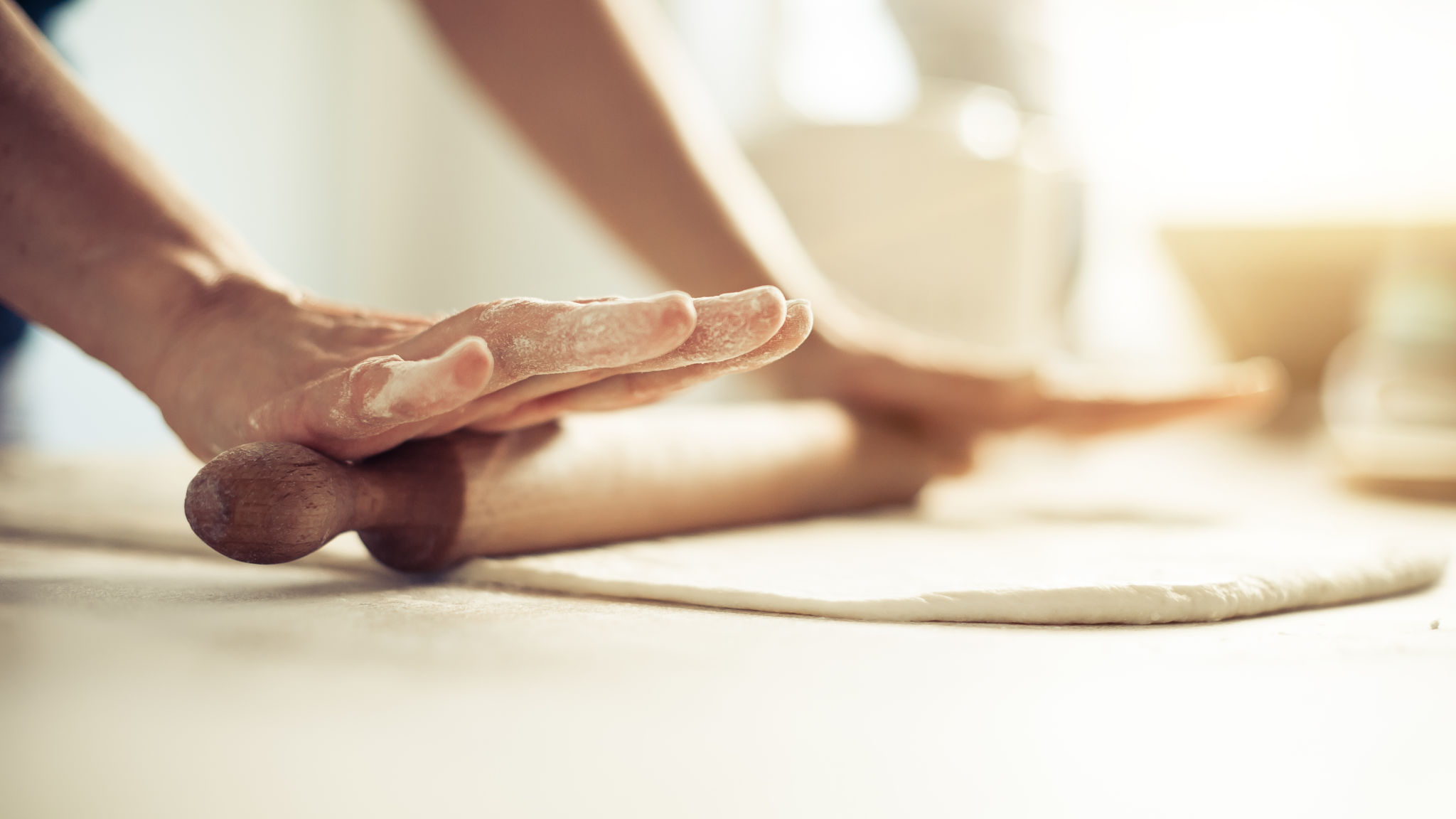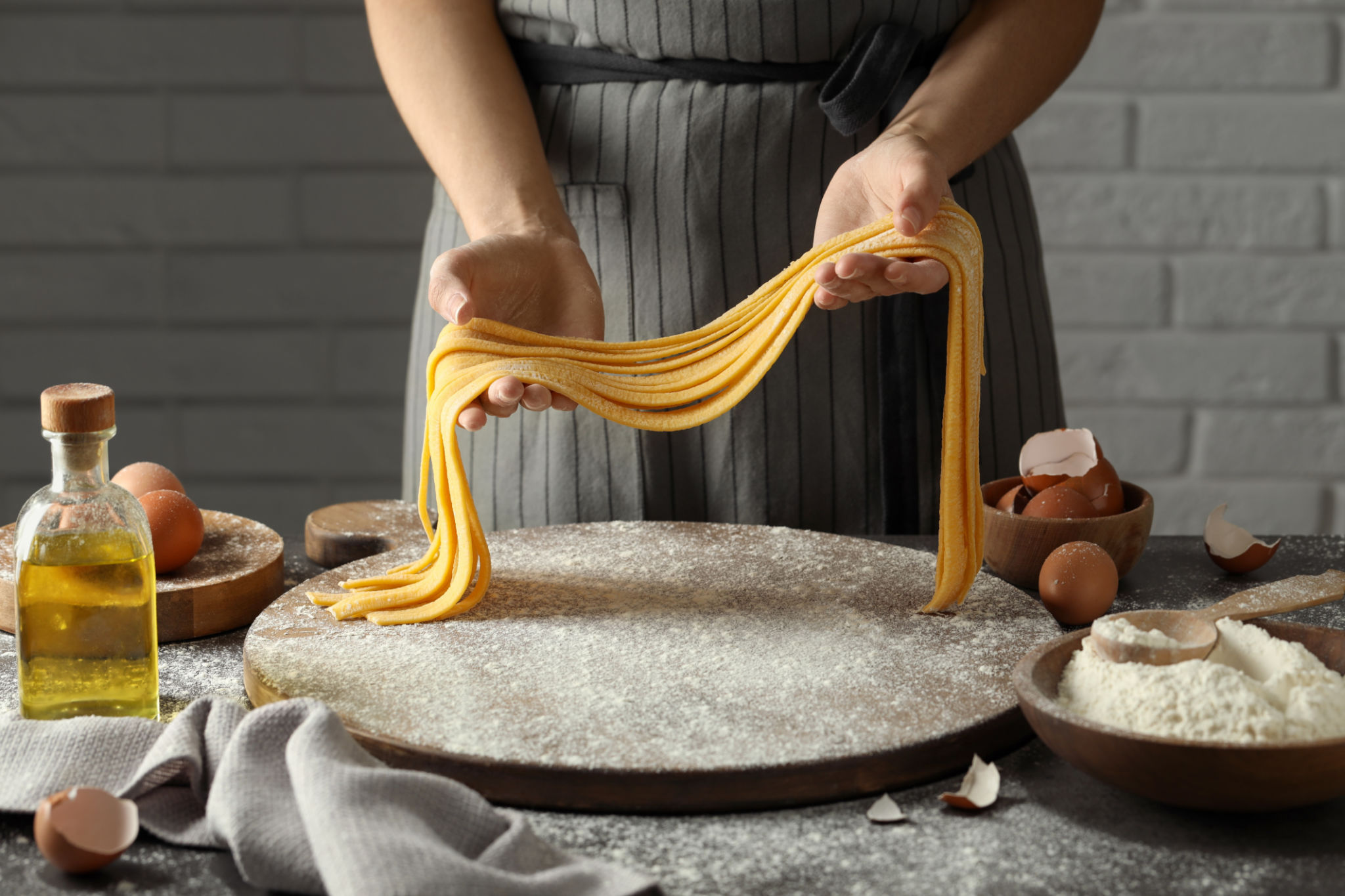A Beginner's Guide to Making Authentic Italian Pasta at Home
Why Make Pasta at Home?
Making pasta at home is not just a culinary activity; it's a delightful journey into the heart of Italian tradition. The texture, taste, and satisfaction of creating your own pasta cannot be matched by store-bought varieties. Plus, it's a fun and engaging activity that can be enjoyed with family and friends.
Homemade pasta allows you to control the ingredients, ensuring a healthier meal. With just a few basic ingredients, you can create a dish that is as authentic as any you'd find in Italy. It's a skill that, once mastered, will elevate your cooking to new heights.

Gathering Your Ingredients
The beauty of making authentic Italian pasta lies in its simplicity. You only need two main ingredients: flour and eggs. For a traditional approach, use "00" flour, which is finely milled and perfect for pasta-making. If you prefer a slightly different texture, you can mix it with semolina flour.
For every 100 grams of flour, use one large egg. This ratio is a good starting point and can be adjusted according to the humidity and the flour's absorption capacity. A pinch of salt can be added for taste, but it's not mandatory.

Step-by-Step Process
1. Create a well in the center of your flour on a clean surface. Crack the eggs into the well.
2. Beat the eggs gently with a fork, gradually incorporating the flour from the edges of the well.
3. Knead the dough by hand until it's smooth and elastic. This usually takes about 8-10 minutes.
4. Wrap the dough in plastic wrap and let it rest for at least 30 minutes at room temperature.
Rolling and Cutting the Pasta
Once your dough has rested, it's time to roll it out. If you have a pasta machine, use it to gradually thin the dough to your desired thickness. Otherwise, a rolling pin will work just fine—just be prepared for a bit of a workout!
After rolling out your dough, it's time to cut it into your preferred shape. Common options include tagliatelle, fettuccine, and pappardelle. Dust the cut pasta with flour to prevent sticking.

Cooking Your Pasta
Bring a large pot of salted water to a boil. Fresh pasta cooks much quicker than dried pasta, usually taking only 2-4 minutes depending on its thickness. Be sure to taste it frequently to achieve the perfect al dente texture.
Once cooked, drain the pasta and immediately toss it with your favorite sauce. Fresh pasta pairs beautifully with simple sauces like aglio e olio or a classic marinara.
Final Tips for Success
Don't be discouraged if your first attempt doesn't turn out perfectly. Making pasta is an art that improves with practice. Experiment with different flours, shapes, and sauces to find your perfect combination.
Enjoy the process and savor each bite of your homemade creation. Soon enough, you'll impress your friends and family with your authentic Italian pasta-making skills!
